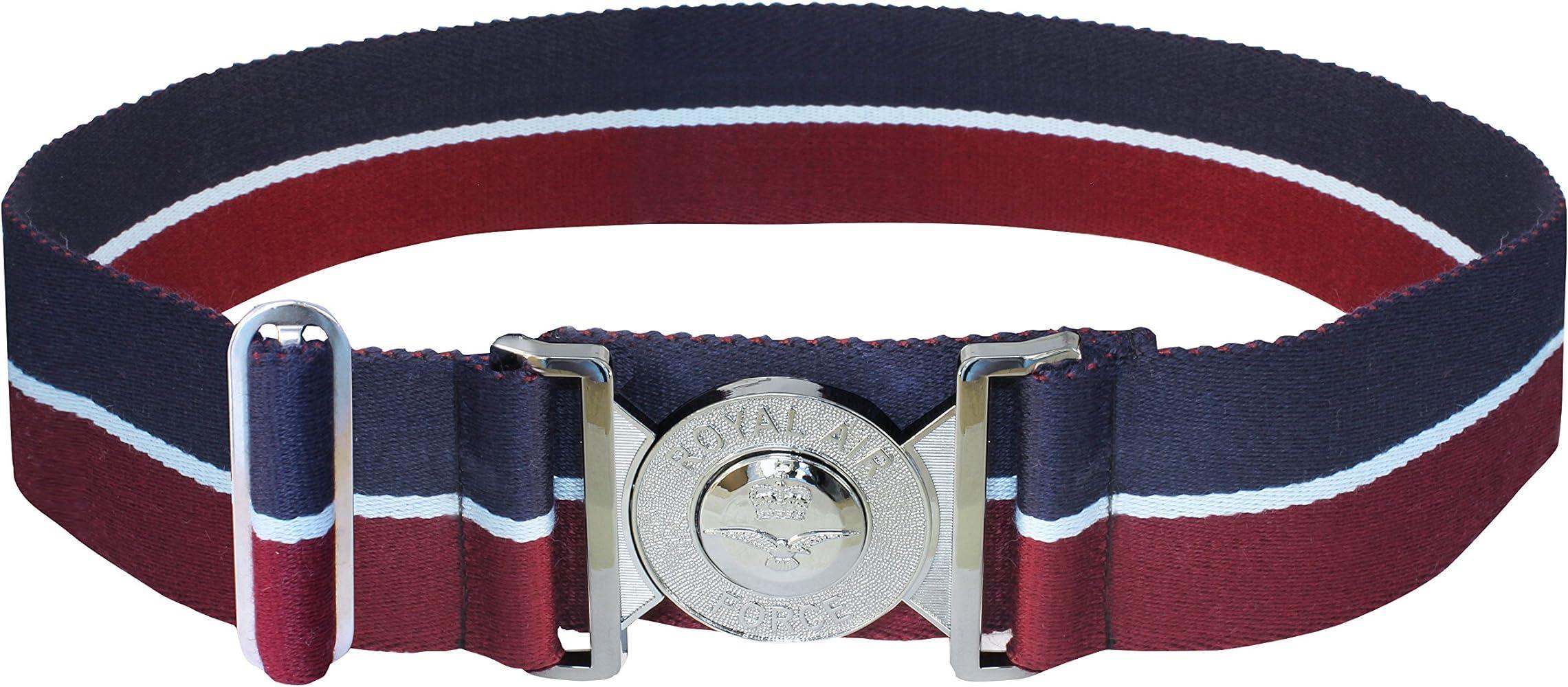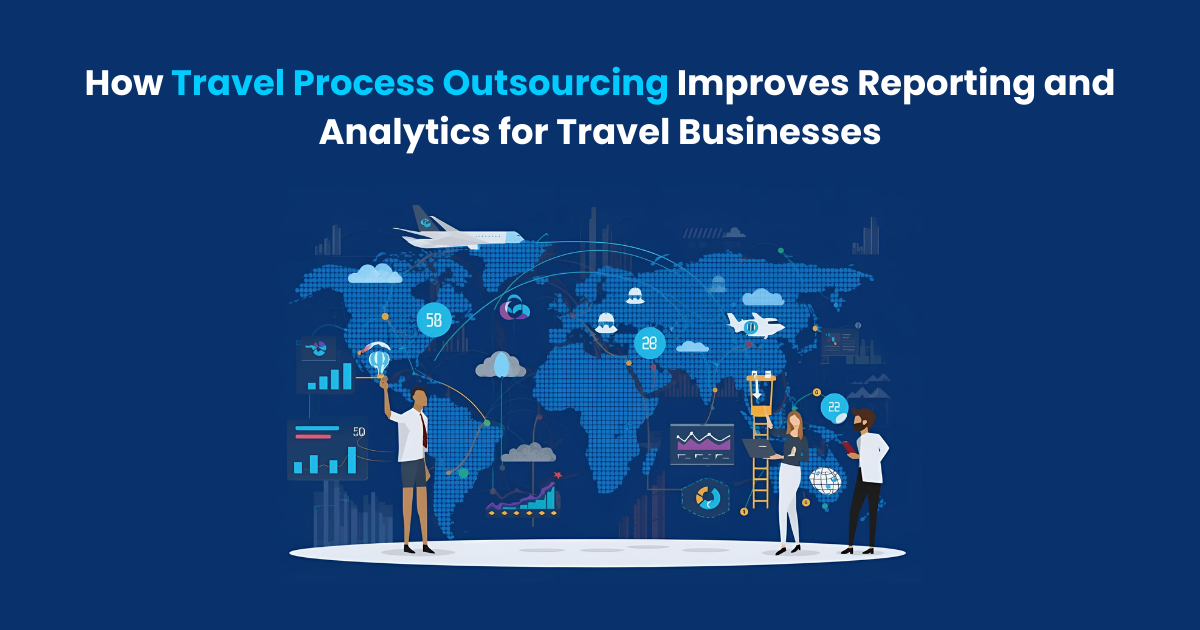
No one Googles food pantries near me that are open when things are going smoothly. That search usually hits when dinner’s not happening, the fridge is empty, and payday feels far away. And the kicker? It’s probably not during business hours.
Most people don’t need help at 10 a.m. on a Tuesday. They need it after work. On weekends. Maybe at 6:15 p.m. on a rainy Thursday after spending the last $5 on gas. Food insecurity doesn’t follow a schedule—and neither should access to food.
When Hours Actually Matter
Here’s what’s frustrating: some food pantry websites are outdated. Some don’t list hours. Some do—but forget to mention they’re only open two hours on alternate Wednesdays, during the lunar cycle, or whatever it feels like. When you’re hungry, unclear info is one more hurdle between you and dinner.
That’s why your best bet is using a real-time, regularly updated food locator like the one offered by Philabundance. Their Find Food map lists open pantry locations by zip code and gives contact info so you can call ahead, confirm hours, and make sure someone will be there when you arrive.
You can also filter by days of the week, access type (walk-up vs. drive-thru), and even languages spoken. Because finding food shouldn’t require guesswork—or another round of searching in the parking lot of a place that’s already closed.
What to Expect When You Show Up
First-timers usually worry: Do I need paperwork? Is there a form? Will I be judged?
Most pantries want to help, not hassle. Bring a valid ID if you have one, and expect to answer a few basic questions—usually around your household size and location. Some operate on a first-come, first-served basis; others schedule pickups. That’s why calling ahead is never a bad idea.
And remember: this isn’t about shame. It’s about meeting a basic need. People from all backgrounds use food pantries—parents, students, seniors, and working professionals. No one gets a pass from a high grocery bill.
Now Let’s Flip the Script
If you’re not the one Googling food pantries near me that are open, but you’re the one thinking about how to help—welcome. We need you.
And here’s the truth most people don’t say out loud: running an accessible pantry isn’t easy. Those evening and weekend hours? They only exist when organizations have the staffing, the food inventory, and the flexibility to stay open.
Volunteers can’t do it all. And donations of canned goods—while generous—only go so far.
Monetary support makes real flexibility possible. It pays for refrigeration, delivery trucks, culturally appropriate food, rent, utilities, and trained staff who know how to run a safe and respectful operation. It helps food banks like Philabundance purchase what’s actually needed and make sure it gets to the right place at the right time.
Why Monthly Giving Helps the Most
One-time donations are appreciated. Always. But the hunger crisis doesn’t clock out, and neither do the food banks trying to respond. That’s why monthly donations are gold.
They give food banks the ability to plan for high-need times—like the end of the month, school breaks, or winter utility spikes. They help cover those off-hours, unexpected costs, and emergency restocks.
They help keep that open when you actually need them promise alive.
So whether you’re someone searching for dinner tonight or someone who has a little extra to share, there’s one thing we all agree on: everyone deserves to eat, no matter what time the hunger hits.
And if you’re looking to do something real about it? Consider donating directly to organizations like Philabundance. They’ve got the network. They’ve got the plan. They just need people who care enough to keep it running.
For more information about food donation center Please Visit : Philabundance





